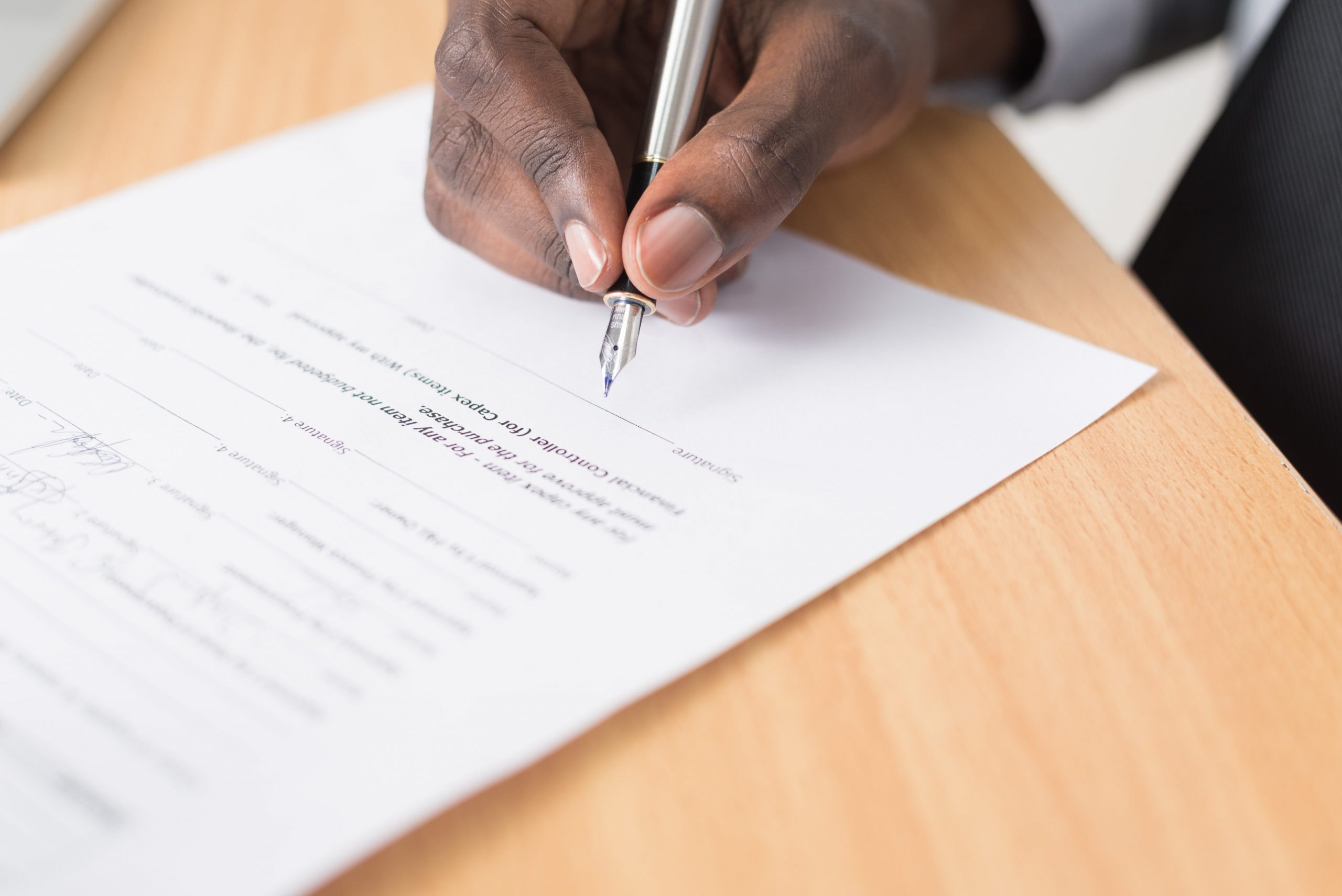As well as income tax, the government applies other tariffs for various monetary transfers in Australia, and stamp duty is one of them. For prospective homebuyers, stamp duty is a tax you need to pay when you buy a house and is an additional cost that adds to the house price. The amount of stamp duty varies from one state or territory to another and it’s calculated from the price and dutiable value of the property you’re purchasing.
Stamp duty usually amounts to tens of thousands of dollars. It’s a substantial amount of money to be added on top of the cost of the house and other expenses of property buying and can affect the property decision of homebuyers. This is why it’s important to understand stamp duty to help you consider the potential tax you may owe when searching for a property. Here we explain what stamp duty is, the exemptions that apply and its effect on the conveyancing process.
What is stamp duty in Australia?
Stamp duty is integrated into the various types of purchases by the Australian government. It’s a tax that’s influenced by the cost of an asset purchased. As property is often the largest asset and most expensive purchase for most homeowners, stamp duty is predominantly discussed in the context of property and it can influence property decisions as it can add a large sum of money to the purchase. However, stamp duty is also applied on particular items and insurance products.
New home buyers and investors are often unpleasantly surprised by stamp duty as it isn’t always considered while assessing costs, and the more expensive a house, the more stamp duty the buyer typically needs to pay. Stamp duty is an upfront cost, so while homebuyers work hard to save for the deposit, they also need to save thousands of dollars to pay the stamp duty. However, there are some accurate methods of calculating these duty costs, which can help you in budgeting and saving to fulfil the purchase.
Your state or territory receive the money directly, which adds to their capital that they can use to invest in various areas of society. Stamp duty is to be paid a specific amount of time after finalising the property purchase, which again varies from one state or territory to another. Right Choice recommends settling the stamp duty as soon as possible, as it will remove the pressure and help you budget and plan for ownership more efficiently.
How much is stamp duty?
The amount of stamp duty depends on some important factors. Determining your position within these factors can help you calculate your exact price of stamp duty. The amount depends on:
-
The state or territory you buy the property in
The state government of each state or territory directly decide stamp duty rates and they use price brackets and applicable exemptions that can affect the price. Stamp duty in New South Wales has been less than in Victoria recently, though this can change as the government makes adaptations, which happens occasionally in yearly budgets. That means that Victorian buyers will pay more on stamp duty than other buyers purchasing the same priced property in New South Wales.
-
The price of the property you’re buying
The price of the property is the primary factor for calculating stamp duty. It’s not a direct percentage of the price, but rather prices are grouped into brackets with varying amounts of associated stamp duty. Again this varies depending on where you live in Australia.
Within these brackets, some state governments, including Victoria, charge a flat rate plus a varying percentage of every dollar over the minimum price in the bracket. Other states, like New South Wales, include a flat rate plus an additional amount for every $100 over the lowest price in the bracket.
Victorian pricing brackets and stamp duty on houses are as follows:
- Houses that cost up to $25,000: 1.4% of the property price
- Houses that cost between $25,000 and $130,000: $350 flat rate plus 2.4% for every dollar over $25,000
- Houses that cost between $130,001 and $960,000: $2,87 flat rate plus 6% for every dollar over $130,000
- Houses the cost over $960,001: No flat rate but 5.5% of the total dutiable value
-
If you’re entitled to any exemptions
The final key factor influencing stamp duty rates is the possibility that you may fall within exemptions, which could save you tens of thousands of dollars. You may have heard of benefits for first home buyers and pensioners, which is usually a reduction in the rate. These exemptions typically only apply for houses that fall within a specific price range, and first home buyers and pensioners may not be eligible for exemptions if their purchase is a more expensive property.
In Victoria, first home buyers receive a concession that eliminates the vast majority of their stamp duty. For example, for a first home buyer purchasing a house with a dutiable value of $625,000, the stamp duty will be reduced from $32,570 to $5,428.
However, even when exemptions don’t fully apply, you may be partially eligible which qualifies you for a reduced stamp duty rate under particular circumstances. These circumstances can also apply to economic situations, like in a crisis, which we saw unfold recently in Victoria. When the virus pandemic affected the housing market, the Victorian government applied a 50% reduction in stamp duty for property within a particular price range.
The effect of stamp duty on conveyance
The transfer of land is affected by stamp duty, and it’s not always just a one-off payment, but it can be required when the owner transfers all or part of the property too. Here we explore the effect of this tax on the conveyancing process.
The cost of stamp duty
Property is one of the most significant purchasing decisions that many Australians make throughout their lives, and it can offer a great investment opportunity. Stamp duty becomes a hurdle for many to overcome to enter the property market and own a home for themselves and their family. As property prices have risen and continue to rise around Australia, it becomes more and more disproportionate to the average salaries.
Stamp duty comes from an earlier time when the disparity was mild and homes were more affordable for the average Australian. This is why homeowners significantly benefit from partnering with a conveyance expert like Right Choice who can help them manage their purchase and ensure it’s done right the first time, avoiding future stamp duty costs.
Property purchasing behavioural changes
An important effect of stamp duty on conveyance is that its cost leads to purchasing behavioural changes among buyers and sellers. The additional cost can be enough to put buyers off upgrading their home or moving to a new location, as well as hindering people from entering the market at all.
Many young families are focusing on renovation and expanding their current homes, rather than moving to a new house to avoid stamp duty costs. It can cause seniors and people that require additional features in their house to live in housing conditions that are less than ideal because stamp duty deters them from buying a more need-friendly house.
The past and future of stamp duty
The past
Stamp duty has developed and moulded across the years to better match the changes in home buying and selling patterns. It originated from an older structure of government, back when land transfers were uncommon and there were fewer records of property ownership. To finalise a sale back then was a more demanding process.
Agents would stamp the documents, which is where the name was given to the tax that covers this processing time and effort. These days, officiating a property sale is much more straightforward so it’s harder to justify stamp duty costs.
The future
This simplified process begs the question of the necessity of stamp duty and if it should be reduced to accommodate the minimal effort now requires by the government. Many people and governments think so, and The Australian Capital Territory is the first to begin a stamp duty reform.
It’s part of their plan to abolish unnecessary, unfair and inefficient taxes, where their objective is to replace it with barrier-free conveyancing. This tends to be the general trend for states and territories around Australia, but it does need to be a phased transition to keep the market stable and fair.
At Right Choice, we are experts in conveyancing and helping home buyers and sellers in Melbourne and Victoria manage their property transactions smoothly, with a get it right the first time approach. For more information about stamp duty in Australia or to get started on a new property transaction, contact us today.










